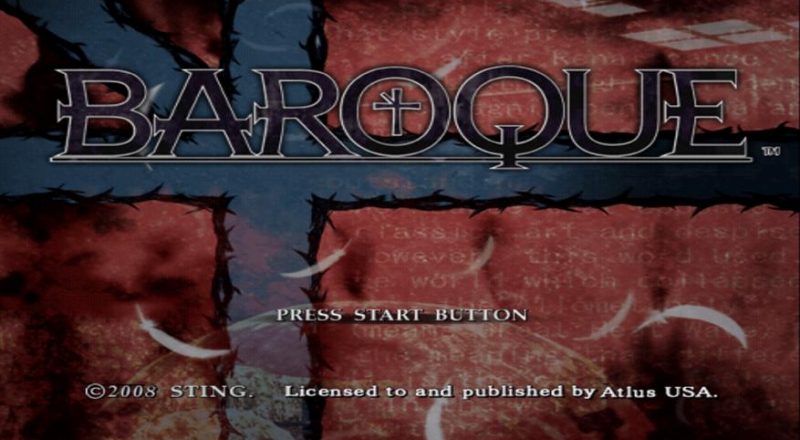Grotesque! Retro Review of Baroque Action Rogue on PS2 5 hours ago | Review | Computer and mobile games
The term “Baroque”, in the traditional sense, has nothing to do with this game. In the world of the game “baroques” are crystallized self-consciousnesses of people who managed to partially preserve their humanity after the cataclysm that turned all other living beings into monsters. Otherwise, they cannot be called grotesque.
Content
Introduction
The concept of Industrial Hell permeates Japanese art. The collapse of democracy in the 30s, the defeat in the war, the economic breakthrough of the 50s and 70s, the development of nuclear energy – the insane technogenic race of the 20th century, which almost destroyed the traditional Japanese culture, created its own aesthetic heritage. It is expressed in the image of a colossal, if not endless, technological labyrinth, consisting not of neon signs and nightclubs, but rusty pipes, beams, boilers, soot and endless stairs going up and down into darkness.
If you have in your head a collective image of a running boiler and turbine shop of some provincial power plant, then you have correctly imagined everything. Add gigantic biomechanics and creepy cybernetic monsters and pilaf is ready.
The most striking works dedicated to this image are films: Tetsuo Body Hammer in 1992, the second film in the Shinya Tsukamoto trilogy; Gunhed 1989, directed by Masato Harada; manga Blame! Tsutomu Niheya; Rengoku PSP game dilogy. And in 2020, The Citadel was released on Steam. Of course, games that fit the description were also released in the west – the original Quake and The Surge even fit into the described aesthetics. But Baroque is the quintessential embodiment of this concept.
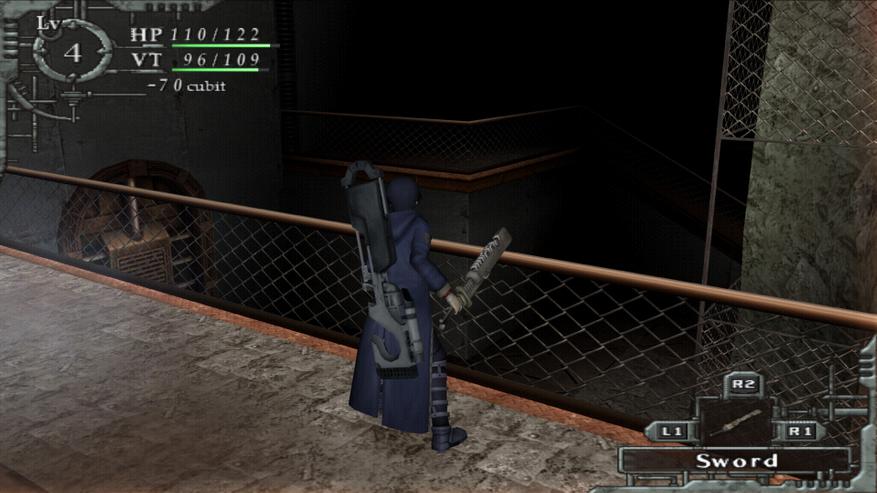
Plot
Baroque is part of a multimedia series that includes a visual novel, manga, mini-games and an encyclopedia. Of course, nothing has been officially translated into English.
The game itself is also a remake of the release on the Sega Saturn and PS1, which were released only in Japanese.
At the moment, English-speaking fans have translated the manga and the novel, and in a more or less digestible format with what is happening in the game's universe can be found on Wikipedia.
What is it all about? Besides, nothing is clear from the game itself. All cut-scenes and all endings are full of mystery, metaphor and anime pathos with ellipses and understatement. Even after completing the game and opening everything that is possible, you really cannot understand what the story is about.
In short, humanity has discovered the Absolute God. Kind of like the one that created the world. Of course, experiments, research, experiments began, as a result of which a cataclysm occurred, which was later called the Blaze. After the cataclysm, the world turned into an apocalyptic painting by Bruegel, most people into monsters, and those few who retained part of their reason, acquired baroques – the embodiment of distorted self-consciousness. Understand what you want, the game does not go into details. The main character's task is to conquer the Neural Tower, in the depths of which God is, and “cleanse” it in order to restart the world. Or not.
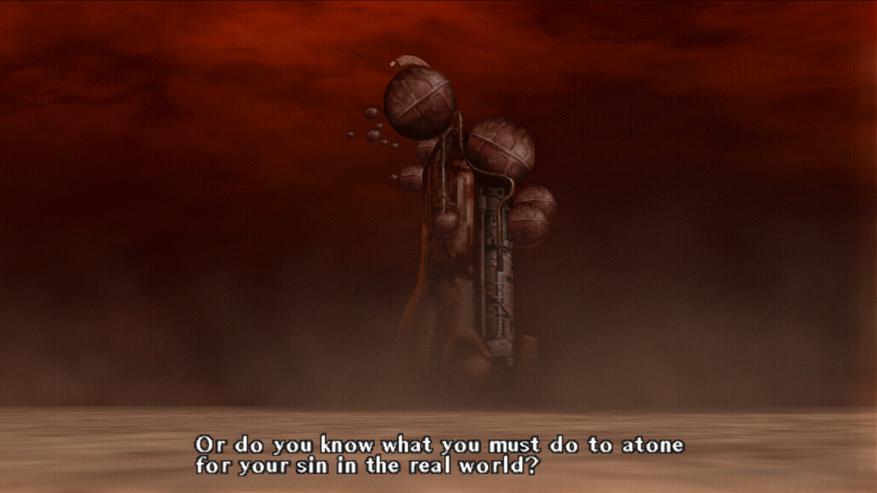
Gameplay
The phrase “action roguelike” perfectly describes the game. All the classic rules of antique roglikes are taken as a basis and put on the combat in real time. Yes, like the first Diablo. Unidentified objects can be both useful and harmful, any objects not tied to the player can be thrown at enemies or just on the floor, there are a huge variety of types of interaction between objects, enemies and the player. But there are also some peculiarities.
Combat system
Fighting in Baroque is as simple as possible. We can hit the enemy with a normal attack, a special attack, or squeeze a normal attack for a slow but powerful blow. We can also throw at the enemy everything that is in our inventory. That's all. There are no blocks, parries or rolls. There are four types of weapons in the game – one-handed, two-handed, doubles and small arms. Moreover, there is only one small arms in the game, it is given to you at the very beginning and has an ammunition reserve of 5 shots. It cannot be replenished.
As befits a roguelike, depth lies in various items, elemental damage, and other statistical mechanics that directly affect the gameplay.
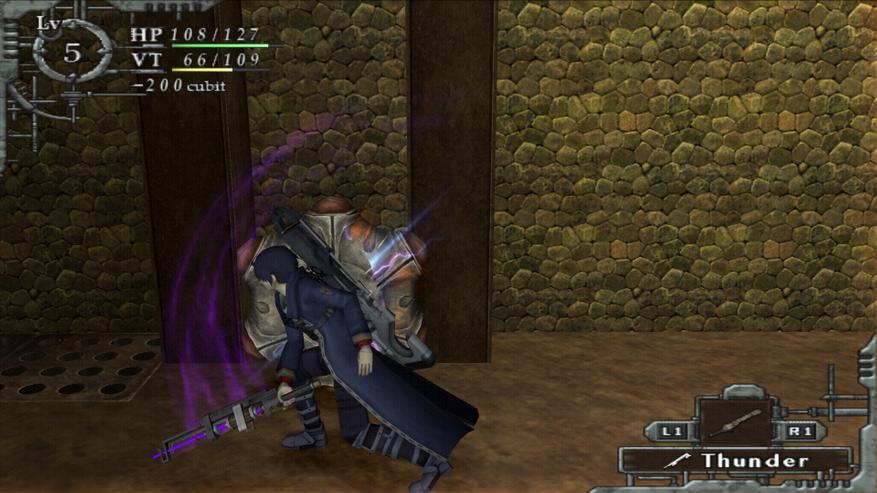
Items and interactions
In addition to two types of armor and weapons, the game has a huge number of used items – meat, bones, boxes, traps, liquids, etc. Meat, bones and liquids are knocked out of enemies and can be ingested. And since the enemies are twisted people, you quickly realize how dark and psychedelic the game is. Items can heal you, poison you, increase and decrease parameters, summon enemies, explode and tightly attach and unhook your outfit.
Throwing objects at enemies allows them to inflict the appropriate conditions. They threw an ampoule with poison – poisoned, threw an unnecessary sword – caused damage. However, the space in the main character's inventory is limited, so you need to decide what to do with the items wisely.
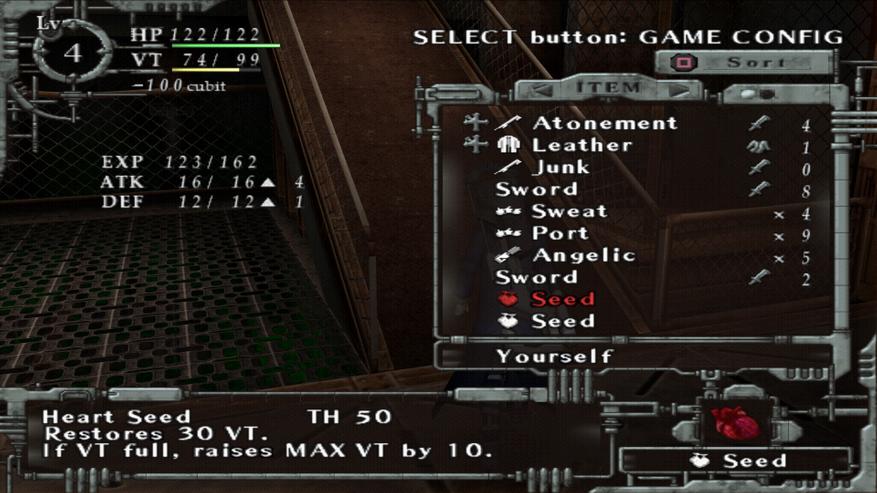
Survival elements
The main character has a streak of life and stamina. Stamina works like hunger in other games. It decreases with every second. In order not to starve to death, you must eat. Enemies. Yes. Although the game can be paused, at any time during active play, your stamina decreases. This enhances the already depressing atmosphere of the game and makes you move on. There is practically no time to take a breath. You can increase the maximum life and stamina both by increasing the level of the hero, and by eating meat and bones with full strips.
And then you have to decide: hold on to the edible piece in order to undergo treatment in a dangerous situation, or eat it now and increase your parameters.
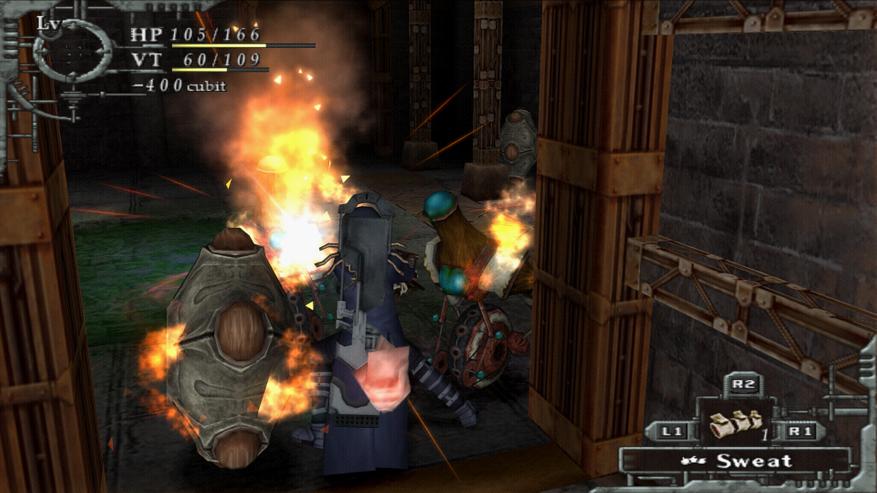
Progress
Unlike modern Rogue-lite games, there is no gameplay meta progression in Baroque. If you die, then start the game over, and everything is lost. There is a separate mechanic that allows you to send a limited number of items to the next cycle, but at the same time, on this cycle, you, logically, lose the item.
However, there is a story meta progression in the game. As you die, you open up new plot scenes and dialogues with characters. And by dying in a certain way, you increase the depth of the dungeon and get closer to the real ending. Accordingly, if you do not die at all and go through the tower every time, you will simply get stuck and will not be able to advance the plot.
Therefore, in order to figure out what is what in the game without a guide, you may need dozens, if not hundreds of hours of endless replays. But even the final, true ending will not answer all your questions and explain what all this was, if you do not look for information outside the game itself.
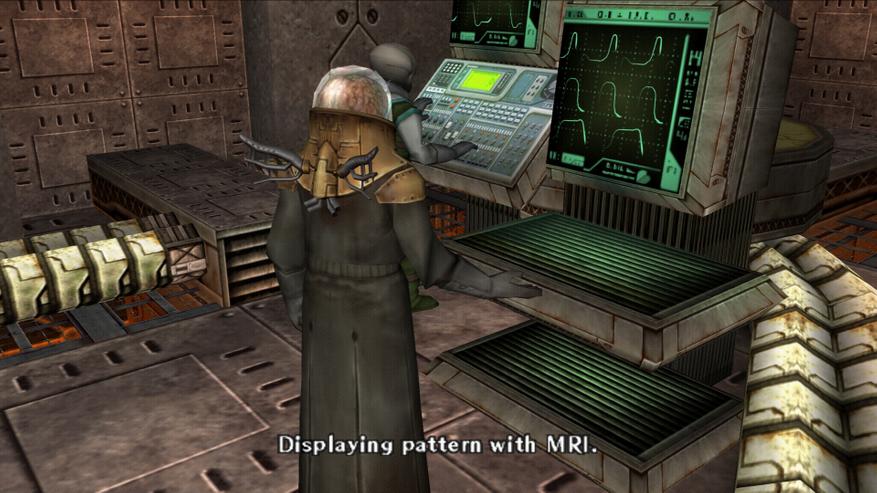
Graphics
Purely technologically, the graphics in the game are very primitive, even for Playstation 2. Some Chaos Legion or Bujingai looks cooler for a generation.
However, what Baroque takes is its visual style. The red sky and the destroyed city on the surface, rusty ceilings and dusty bricks in the tower, darkness, narrow corridors and disgusting monsters create the very atmosphere of an endless hellish factory, in which even friendly characters look like monsters, and the main character does not expect anything but suffering.
Industrial design extends to equipment as well. “Swords” are some kind of surreal mechanisms, as armor we can only use all sorts of dirty cloaks and some kind of artificial wings that look more like instruments for torture. The situation is somewhat smoothed out by the anime faces of individual characters. Apparently the original from PS1 was too creepy even for Japanese players.
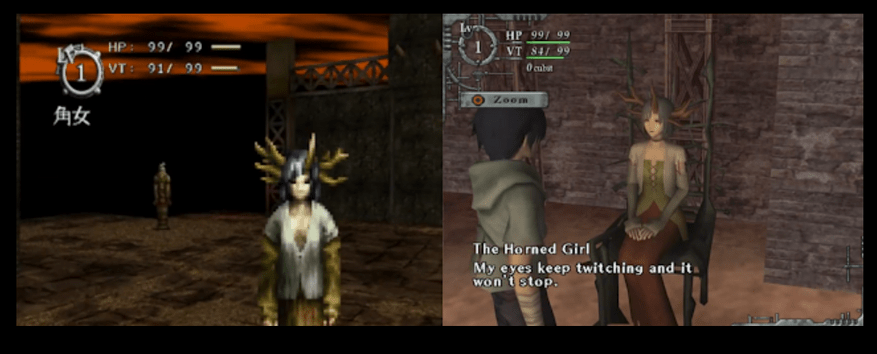
Music
Industrial rock with a touch of electronics and sickly high-pitched female vocals perfectly suits the atmosphere of surreal horror of the game. However, not all tracks are equally successful, some seemed to me too funny and danceable. But most of them work out the atmosphere perfectly.
Output
Grimdark and hardcore are two hackneyed words that ideally characterize a game that requires you to die over and over again to advance the story. Such games are rarely released outside of Japan, and Baroque has provided Western players with a rare enough opportunity to plunge into a rare but already established genre for which there is still no name.

